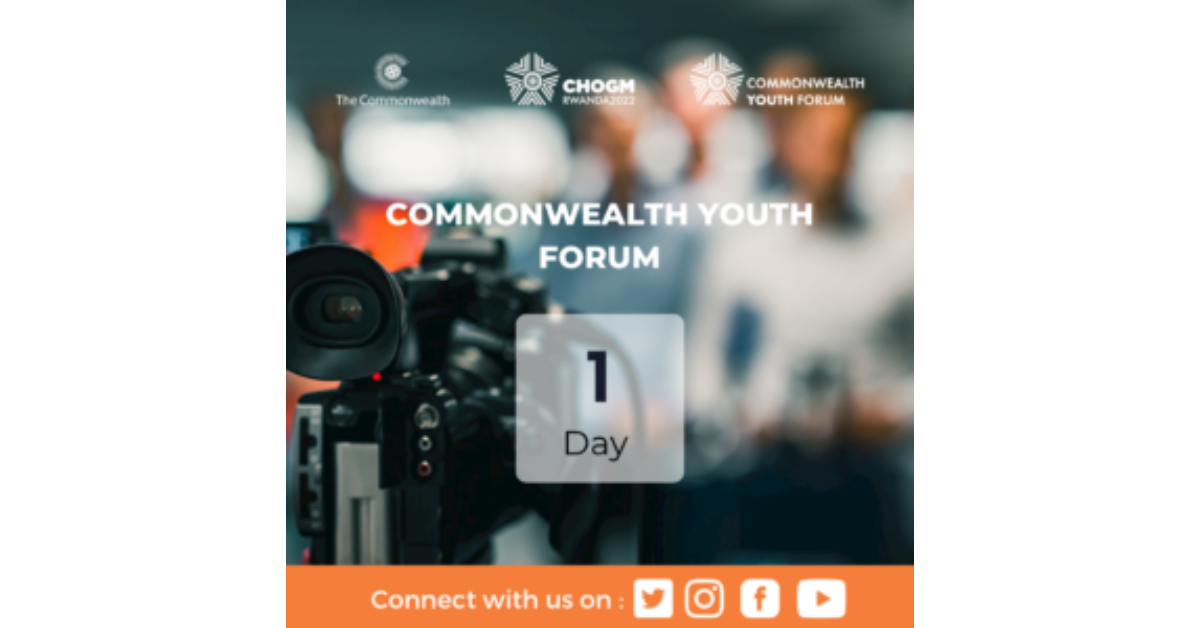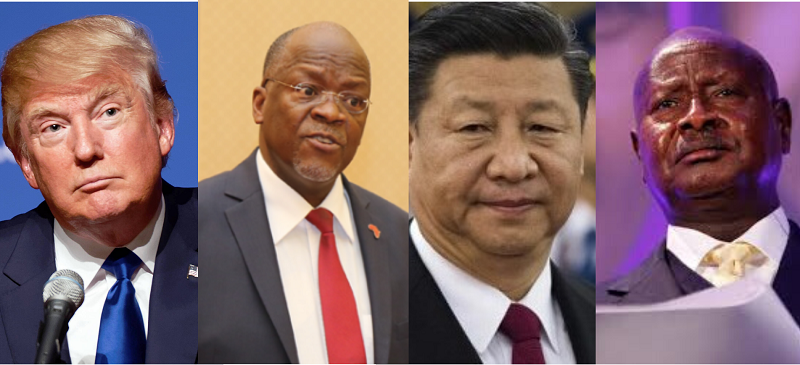Commonwealth Youth Orchestra
February 3This will sound like a conundrum out of Lewis Carroll, but last night I went to something that doesn’t exist.
The something was an ensemble called the Commonwealth Youth Orchestra that you won’t have heard of (for the above reason); and the event was a demonstration of what it can do. Or more accurately, might be able to do. One day.
Eight young players of conspicuously different national origins got on a platform at the Royal Overseas League off Piccadilly, and played a wonderfully engaging (if, in the acoustic of the hall, congested and unbalanced) octet by British composer Paul Carroll. No relation to Lewis. Also known as a baroque bassoonist.
Exuberant, immediate, dancing along on what I heard as Latin tango rhythms – although he told me afterwards he thought of them as Eastern European gypsy music – it was written for the strange combination of violin, double bass, trumpet, clarinet, piano, bassoon, contra-bassoon, saxophone. And it was meant to represent in microcosm the family groupings of a full-sized orchestra – albeit with an understandable bias toward the lower woodwind.
The idea behind it all was that this group of players were the embryonic CYO. There were speeches to say so – led by the one-time Secretary of State for Culture Richard Luce, now in the House of Lords. The project has the backing of the Commonwealth Secretariat. And if it does eventually get off the ground, you can only wish it well. Initiatives to encourage young musicians are by definition a good thing. There can’t be too many.
But it does strike me as a hugely problematic undertaking. The logistics of the British National and European Youth orchestras are tricky enough, and in those cases the home territories of the participants are relatively close. The Commonwealth stretches much, much further: how you’d get the players all together twice/three times a year defeats me.
Making such an orchestra truly representational will be an even greater problem. There are 54 countries in the Commonwealth, and most of them have no tradition of western classical music. The universe of cellists, flautists, timpanists emerging from Lesotho, Kiribati and Naminia isn’t going to be great. And the strong possibility will be that this orchestra ends up essentially a group of Brits with some Australians and Canadians who happen to be studying in London.
I’d be happy to be proved completely wrong about this: the ongoing rarity of black and brown faces in the world’s symphony orchestras is an issue that needs to be addressed. But the people behind the Commonwealth Youth Orchestra will have to come up with some seriously out-of-the-box thinking if the result of their efforts is going to be worthwhile. Let’s hope it will be. A real, functioning, effective Commonwealth ensemble could be very valuable.



